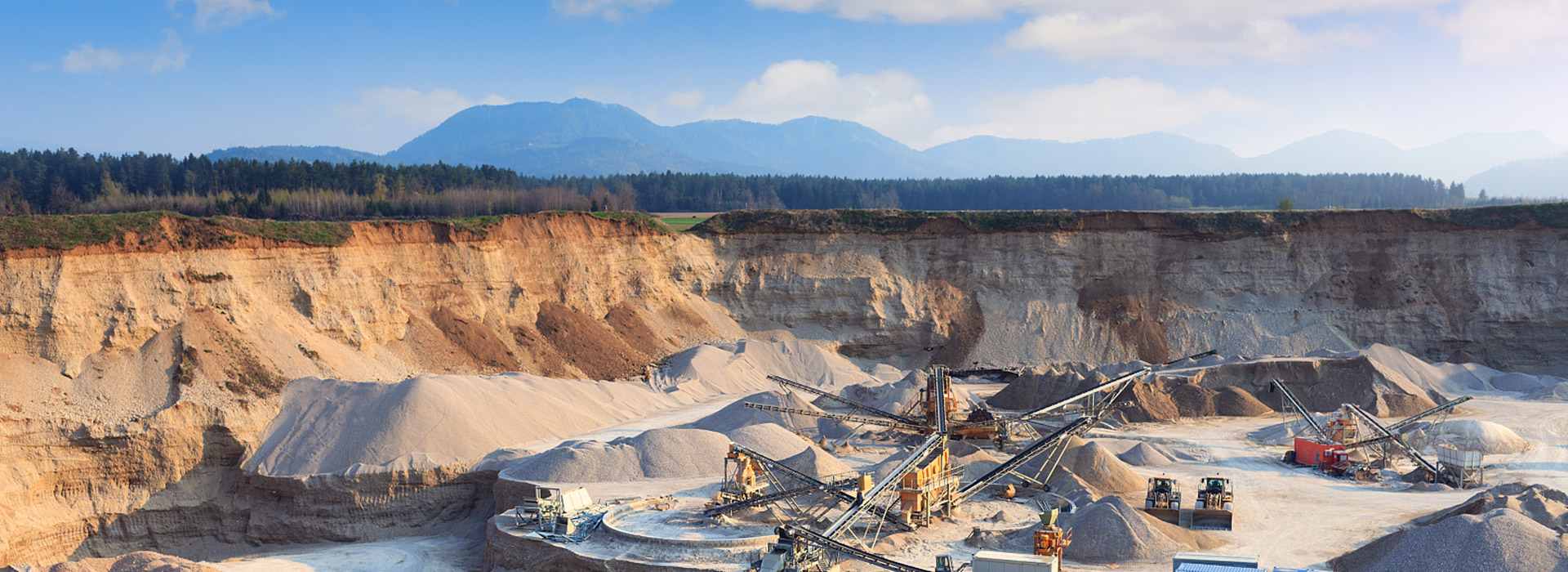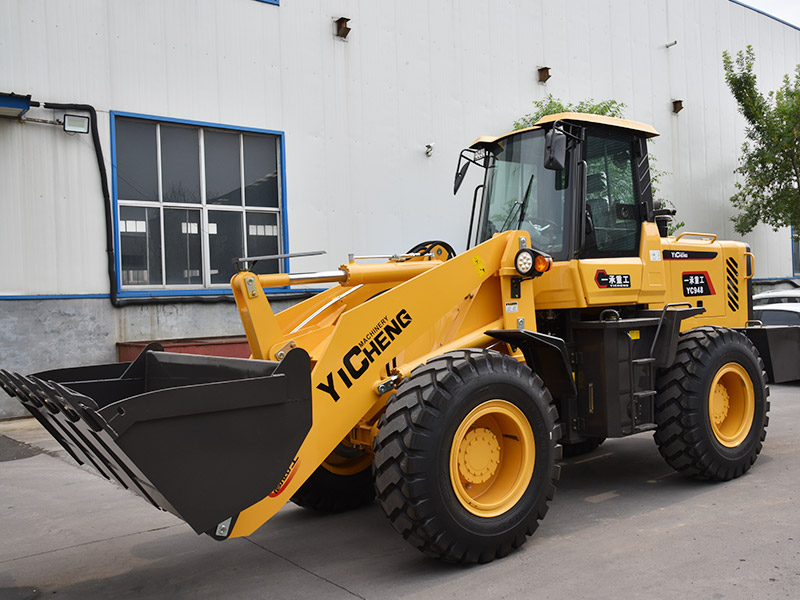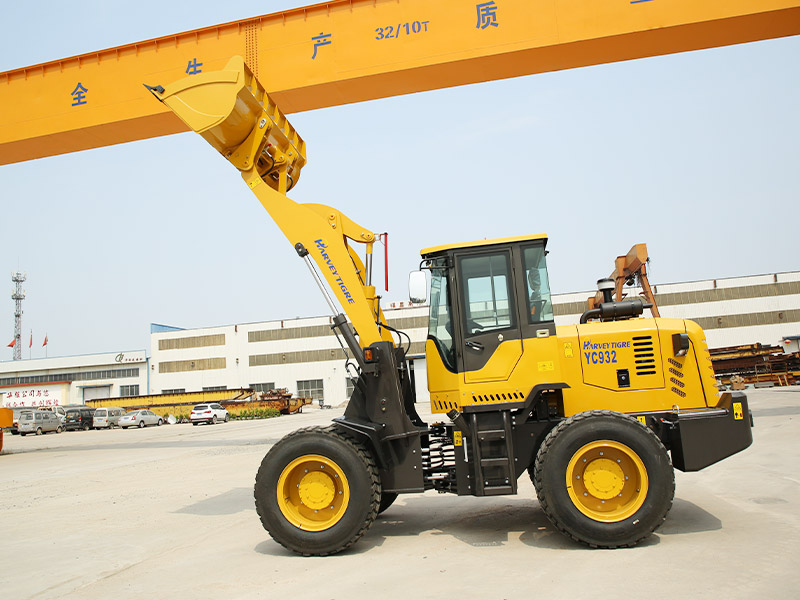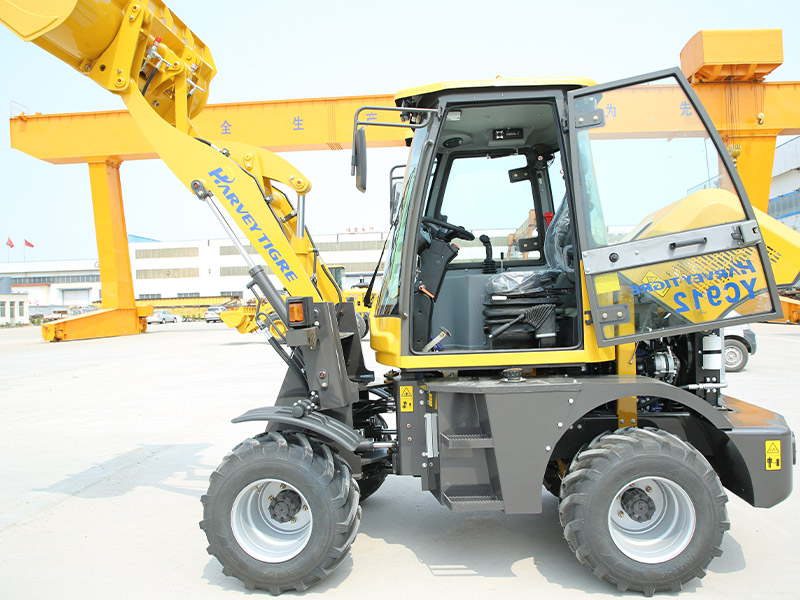Difference between small loaders and big loaders
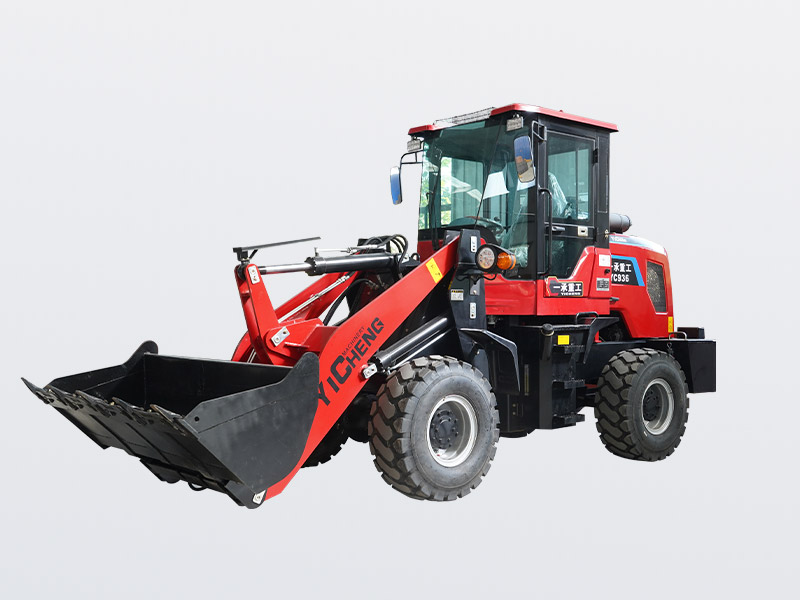
There are many differences between small loaders and large loaders: small loaders have small engines, small tires, and small load-bearing axles. The small engine has low power and a small tire chassis, which can carry small shovels. Extremely small weight. The larger the engine, the greater the power, the larger the tires, the higher the chassis, the larger the load-bearing bridge shovel, and the heavier the cargo that can be loaded. When choosing a loader, be sure to look at the loader's parameters.
Including engine, torque converter, gearbox, front and rear drive axles, referred to as four parts
motor
There are three pumps on the torque converter, the working pump (which supplies the lifting and tipping pressure oil) and the steering pump (which supplies the steering pressure oil) and the variable speed pump which is also known as the travel pump (which supplies the torque converter and transmission pressure oil). Some models of steering pumps are also equipped with a pilot pump (supplied with control valve pilot pressure oil).
Working hydraulic circuits, hydraulic tanks, working pumps, multi-way valves, lifting cylinders, tipping bucket cylinders
Travel oil circuit: transmission oil pan, travel pump, one way fluid torque converter, one way into the gear valve, transmission clutch
Drive device: drive shaft, main differential, wheel reducer
Steering oil circuit: fuel tank, steering pump, stabilizer valve (or priority valve), steering gear, steering cylinder
There are two types of gearboxes: integrated (planetary) and sub-(fixed shaft) (formula).

